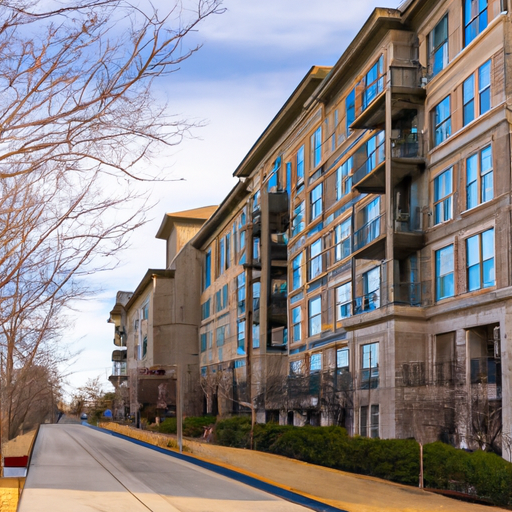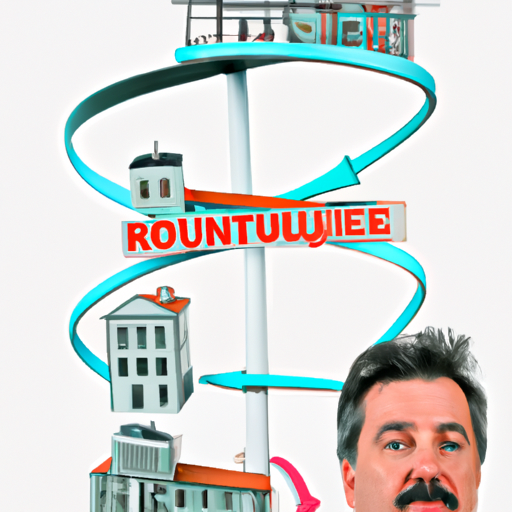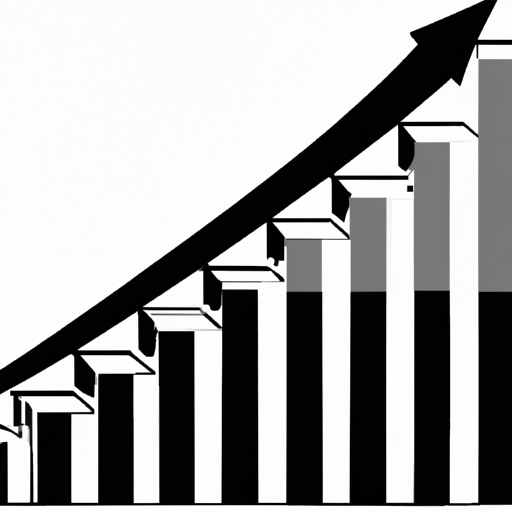Investments in apartment buildings provide stable cash flow, economies of scale and diversification of a real estate portfolio. However, there are risks and challenges associated with property management and market volatility. Despite this, the demand for rental housing is increasing, making apartment buildings a popular investment choice. Success in this investment strategy requires careful market research, property location selection, and cash flow evaluation.
Investing in real estate has long been a popular choice for people looking to grow their capital and earn passive income. While single-family homes have traditionally dominated the real estate market, multifamily homes have become a hot trend among savvy investors. With the potential for higher rental income and greater economies of scale, multifamily buildings offer a unique set of benefits. However, like any investment, there are potential downsides to consider. In this article, we will examine the pros and cons of investing in apartment buildings, providing a comprehensive guide for those considering this lucrative but complex market. Whether you are a seasoned investor or a newcomer looking to enter the real estate industry, understanding the benefits and risks of multifamily investment is essential to making informed decisions and maximizing returns.
- 1. “Advantages of Investing in Apartment Real Estate: A Guide for Savvy Investors”
- 2. “Understanding Risks: Potential Drawbacks of Investments in Multi-apartment Real Estate”
- 3. “Why apartment buildings are a hot trend in real estate investing”
- 4. “How to maximize profit: strategies for successful investment in apartment buildings”
- 5. “Is an investment in multi-apartment real estate right for you? Evaluation of pros and cons”
1. “Advantages of Investing in Apartment Real Estate: A Guide for Savvy Investors”

Investing in multifamily real estate can offer numerous advantages for savvy investors. Here are some key benefits to consider:
1. Stable cash flow. One of the main reasons why investors are attracted to apartment buildings is the potential for stable cash flow. Because multiple units generate rental income, the cash flow from multifamily properties tends to be more consistent compared to single-family home investments. Even if one unit remains vacant or rents drop temporarily, income from other units can help offset the loss.
2. Economies of Scale: Multifamily buildings allow investors to benefit from economies of scale. Managing multiple units under one roof can be more cost-effective than managing multiple single-family properties scattered across locations. Costs such as maintenance, property management fees, insurance and advertising can be spread across different departments, reducing overall costs and increasing profitability.
3. Diversification: Apartment buildings provide investors with the opportunity to diversify their real estate portfolio. Owning several units in one
2. “Understanding Risks: Potential Drawbacks of Investments in Multi-apartment Real Estate”

Although investing in apartment buildings can be a profitable venture, it is important to understand the potential drawbacks and risks associated with this type of investment. By being aware of these factors, investors can make informed decisions and mitigate any potential downsides.
1. Market Volatility: Investments in apartment buildings are not immune to market fluctuations. Changes in the economy, interest rates, or housing market conditions may affect the value and return on investment in this property. During an economic downturn, rental demand may decrease, leading to higher vacancies and lower rental income.
2. Real Estate Management Challenges: Managing multi-apartment real estate takes time, effort and experience. Investors should consider responsibilities for property maintenance, tenant screening, rent collection and tenant problem resolution. If not managed effectively, these tasks can become overwhelming and lead to additional costs or legal problems.
3. Tenant turnover and vacancies. One of the challenges of owning multi-apartment real estate is dealing with tenant turnover. Vacancies can lead to a
3. “Why apartment buildings are a hot trend in real estate investing”

Condominiums have become a hot trend in real estate investing for several good reasons. Firstly, the demand for rental housing has been growing steadily recently. Factors such as rising home prices, stricter mortgage lending regulations and changing lifestyles have led many people and families to choose to rent rather than buy. This high demand for rental units ensures a constant flow of potential tenants, providing investors with a reliable source of income.
Second, apartment buildings offer economies of scale, which makes them attractive to investors. The ability to accommodate multiple tenants in one property significantly lowers operating costs per unit compared to single-family homes. This means investors can benefit from higher cash flow and potentially a better return on their investment.
Additionally, condominiums offer greater diversification compared to other types of real estate investments. When investing in multi-apartment real estate, investors spread their risk between different sources of income from different tenants. This diversification helps mitigate the impact of vacancies or rent defaults by one tenant
4. “How to maximize profit: strategies for successful investment in apartment buildings”

Investing in apartment buildings can be a profitable venture, but in order to maximize returns, it is important to use effective strategies. Here are some strategies for successful multifamily property investing:
1. Thorough market research: Before investing in any multi-family property, it is very important to do a thorough market research. This involves studying local market trends, demographics, economic indicators and rental demand in that region. Understanding market dynamics will help you identify properties that have the potential for higher returns.
2. Location is key: The location of an apartment building is a significant factor in determining its profitability. Look for properties in areas with high economic growth, job opportunities and amenities such as schools, shopping centers and transport links. Properties located in desirable neighborhoods tend to attract quality tenants and command higher rental prices.
3. Estimate the cash flow. Analyzing the potential cash flow of an apartment building is essential to maximizing profit. Consider factors such as rental income, operating costs and vacancy rates
5. “Is an investment in multi-apartment real estate right for you? Evaluation of pros and cons”

Investing in multifamily properties can be a profitable venture, but it’s important to weigh all the pros and cons to determine if it’s the right investment strategy for you. Here are some key factors to consider:
1. Potential for stable income. One of the biggest benefits of investing in multifamily real estate is the potential for steady rental income. By having multiple units in one property, you have the ability to generate income from multiple tenants, reducing the risk of vacancy. In addition, rental demand for multi-family homes tends to be more stable compared to single-family homes.
2. Economies of scale: Managing multiple units in one property allows you to achieve economies of scale. This means that costs such as maintenance, repairs and property management can be spread across multiple units, potentially reducing costs. It also provides the opportunity to negotiate better deals with contractors and suppliers due to greater scale of ownership.
3. Appreciation and Wealth Building: Apartment buildings have the potential for long-term appreciation that
In summary, multifamily real estate investing can be a profitable venture for savvy investors. The benefits of such investments, including stable cash flow, appreciation potential and diversification, make them attractive options in the real estate world. However, it is extremely important to understand and appreciate the potential downsides and risks associated with investing in multifamily real estate. From increased management responsibilities to potential market volatility, investors should carefully weigh the pros and cons before making a decision. With the right strategies and due diligence, investors can maximize their returns and succeed in the multifamily real estate market. Ultimately, whether multifamily real estate investing is right for you depends on your financial goals, risk tolerance, and commitment to managing and maintaining these types of properties.
 Purex find
Purex find